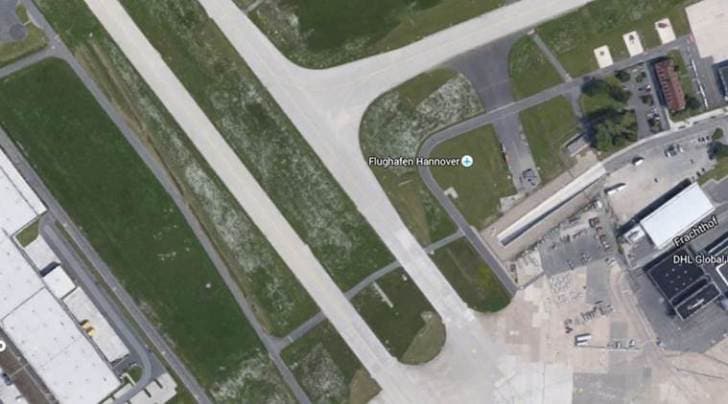
Bomb The World 2 Still Edition
World War II is the topic up for discussion this week, and there are many fine manga on this culturally touchy subject. We have very few available in The bombing doesn't enter the narrative directly, but it still hangs over the character's lives. It's a much cheerier story than the first, and I found it interesting. Let's Play Bomb The World Still Free Edition Part 1 Gd BlackLeaf. Unsubscribe from Gd BlackLeaf? Kid Ink - Hello World [Official Video] - Duration: 3:08.
Broadgate, Coventry in 1917 At the start of the, Coventry was an industrial city of around 238,000 people which, like much of the industrial, contained metal and wood–working industries. In Coventry's case, these included cars, bicycles, aeroplane engines and, since 1900, factories. In the words of the historian, 'Coventry was therefore, in terms of what little law existed on the subject, a legitimate target for aerial bombing'. During the, the advanced state of the mechanical tooling industry in the city meant that pre-war production could quickly be turned to war production purposes, with industries such as the assuming the role of one of the leading munition centres in the UK, manufacturing 25% of all British aircraft produced during the war. Like many of the industrial towns of the English West Midlands region that had been industrialised during the, many of the small and medium-sized factories in the city were woven into the same streets as the workers' houses and the shops of the city centre. However, it developed many large interwar suburbs of both private and, which were relatively isolated from industrial buildings.
The city was also at the centre of Britain's car industry, with many carmakers being based at different locations in Coventry, although many of these factories had switched to help supply the war effort. Air raids [ ] August to October 1940 [ ] The RAF began bombing Germany in March 1940. There were 17 small raids on Coventry by the Luftwaffe during the between August and October 1940 during which around 198 tons of bombs fell.

Together, the raids killed 176 people and injured around 680.: 151–52 The most notable damage was to the new Rex Cinema which had been opened in February 1937 and had already been closed by an earlier bombing raid in September. On 17 October 1940, Second Lieutenant of the Bomb Disposal Company was called upon to deal with an unexploded bomb that had fallen at the Company's works in Canley. War production in two factories had ceased on a temporary basis because of it, and a large number of nearby residents having to be evacuated.
My E-Training displays and manages power, cadence, heart rate, speed, time and distance data. MAPS RACES: create races the world over with Google Maps. BASE TRAINING: constant power training sessions, levels, pre-set programs TRAINING TEST: an evaluation test that helps you create month-long personalized indoor training programs. MULTIPLE USERS: the app allows for multiple users on the same device. 1-month free subscription MY E-TRAINING INCLUDES: My REALVIDEO: Train with Elite RealVideos and download hundreds of user-created free My RealVideo races. Secure swift elite entity meter manual.
Campbell found that the bomb was fitted with a delayed action fuse that was impossible to remove, so he transported it to a safe place. That was done by lorry, and he lay alongside the bomb so that he could hear if it started ticking and could warn the driver to stop and run for cover. Having taken it a safe distance, he disposed of the bomb successfully but was killed whilst dealing with another bomb the next day. Campbell was posthumously awarded a for his actions on 17 October 1940. One notable casualty of the October raids was, a retired former local Medical Officer of Health. 14 November 1940 [ ]. The rises above a scene of devastation.
Coventry's air defences consisted of twenty-four and twelve. The AA Defence Commander of, had prepared a series of concentrations to be fired using sound-locators and gun-laying radar, and 128 concentrations were fired before the bombing severed all lines of communication and the noise drowned out sound-location. The anti-aircraft batteries then fought on in isolation. Some gun positions were able to fire at searchlight beam intersections, glimpsed through the smoke and guessing the range.
Although the Coventry guns fired 10 rounds a minute for the whole 10-hour raid (a total of over 6700 rounds), only one German bomber was shot down.: 156 At around 20:00, (dedicated to ), was set on fire by incendiaries for the first time. The volunteer fire-fighters managed to put out the first fire but other direct hits followed and soon new fires broke out in the cathedral; accelerated by a, the flames quickly spread out of control. During the same period, more than 200 other fires were started across the city, most of which were concentrated in the city-centre area, setting the area ablaze and overwhelming the fire-fighters. The telephone network was crippled, hampering the fire service's command and control and making it difficult to send fire-fighters to the most dangerous blazes first; and as the Germans had intended, the water mains were damaged by high explosives, meaning there was not enough water available to tackle many of the fires. The raid reached its climax around midnight with the final all clear sounding at 06:15 on the morning of 15 November. In one night, more than 4,300 homes in Coventry were destroyed and around two-thirds of the city's buildings were damaged. The raid was heavily concentrated on the city centre, most of which was destroyed.